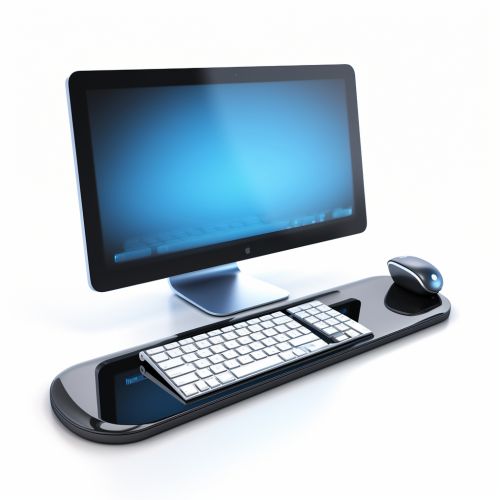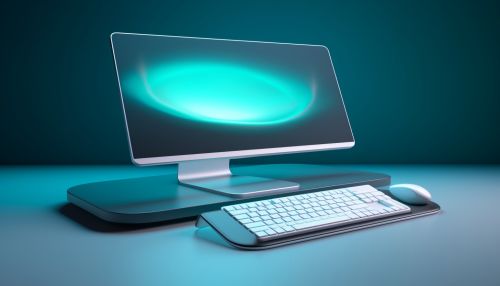Computing device
Introduction
A computing device is a machine that can perform computer programs, enabling it to carry out a set of operations or tasks. These devices are an integral part of modern life, serving various roles in different fields, such as business, education, government, healthcare, and entertainment.


History of Computing Devices
The history of computing devices dates back to ancient times, with devices like the abacus and the Antikythera mechanism. However, the first mechanical computing device was the Analytical Engine, designed by Charles Babbage in the 19th century. This machine, although never fully built, laid the groundwork for the development of modern computing devices.
Types of Computing Devices
Computing devices can be classified into several types, each with its unique characteristics and uses.
Personal Computers
Personal computers (PCs) are the most common type of computing device. They come in various forms, including desktops, laptops, and all-in-one computers. PCs are versatile machines used for a wide range of tasks, from simple word processing to complex data analysis.
Servers
Servers are powerful computing devices that provide services to other computers or devices on a network. They are used to store, manage, send, and process data. Servers play a crucial role in the functioning of the internet and corporate networks.
Mobile Devices
Mobile devices like smartphones and tablets are handheld computing devices designed for portability and convenience. They are equipped with touchscreens and run on mobile operating systems like Android and iOS.
Embedded Systems
Embedded systems are computing devices designed to perform specific tasks. They are embedded into other machines or systems and are commonly found in appliances, vehicles, and industrial machines.
Components of Computing Devices
Computing devices consist of several components that work together to execute computer programs. These components include:
Central Processing Unit
The Central Processing Unit (CPU), often referred to as the "brain" of the computer, is responsible for executing instructions of a computer program by performing basic arithmetical, logical, control and input/output (I/O) operations.
Memory
Memory is a component that stores data and machine code currently being used. It includes volatile memory, such as RAM, and non-volatile memory, like ROM and hard drives.
Input and Output Devices
Input devices allow users to enter data into the computing device, while output devices present the results of processed data. Examples of input devices include keyboards and mice, while output devices include monitors and printers.
Motherboard
The motherboard is the main circuit board of a computing device. It holds and connects all of the crucial components of the system, including the CPU, memory, and input/output devices.
Operating Systems
An operating system (OS) is a crucial component of a computing device. It is a software that manages computer hardware and software resources and provides various services for computer programs. Common operating systems include Windows, macOS, Linux, Android, and iOS.
Applications of Computing Devices
Computing devices are used in a wide range of applications, from personal use to professional settings. They are used for communication, data processing, entertainment, research, and much more. In the business world, computing devices are used for tasks like accounting, project management, and customer relationship management.
Future of Computing Devices
The future of computing devices is likely to be shaped by advancements in technology such as quantum computing, artificial intelligence, and Internet of Things (IoT). These technologies promise to bring about a new era of computing, characterized by increased speed, efficiency, and connectivity.
